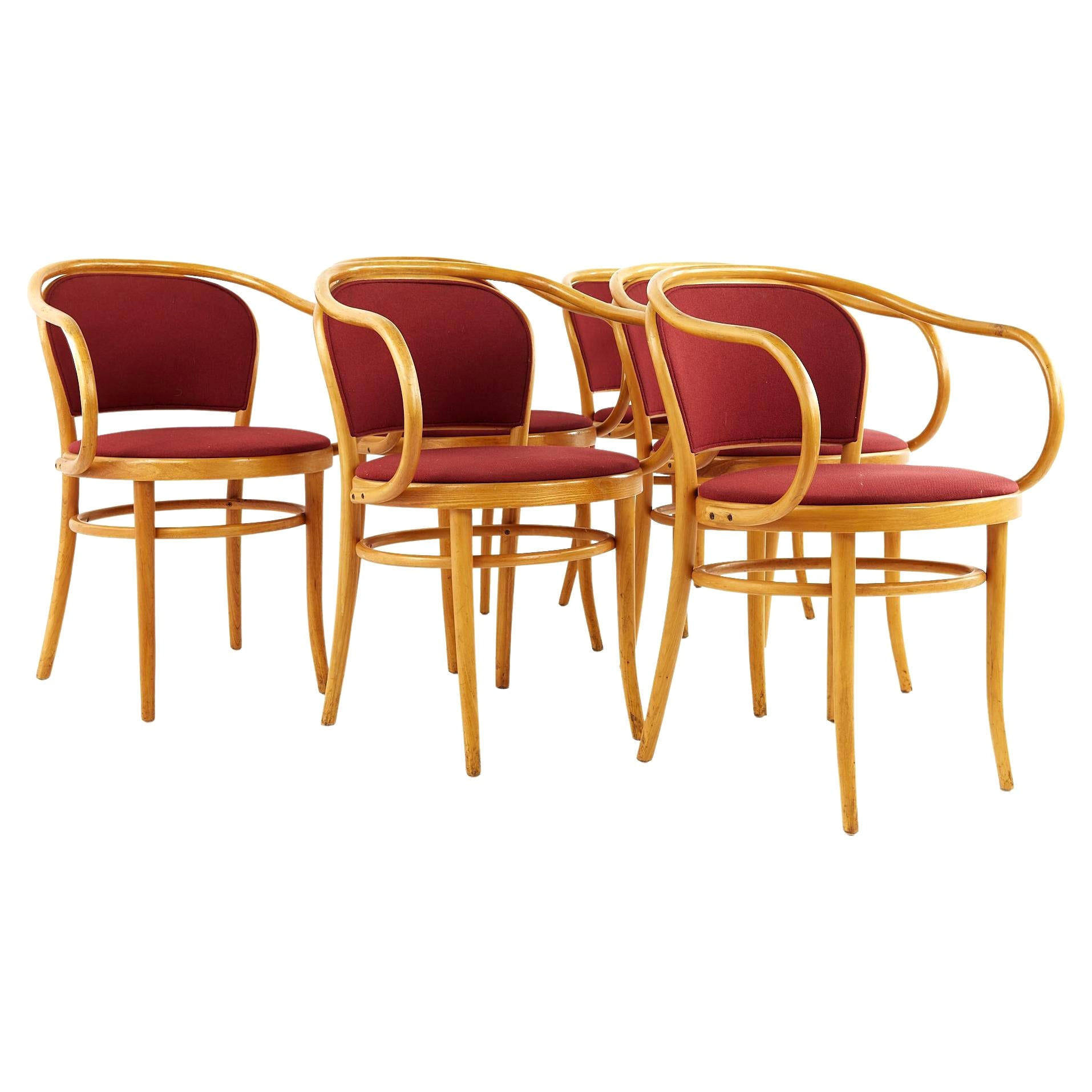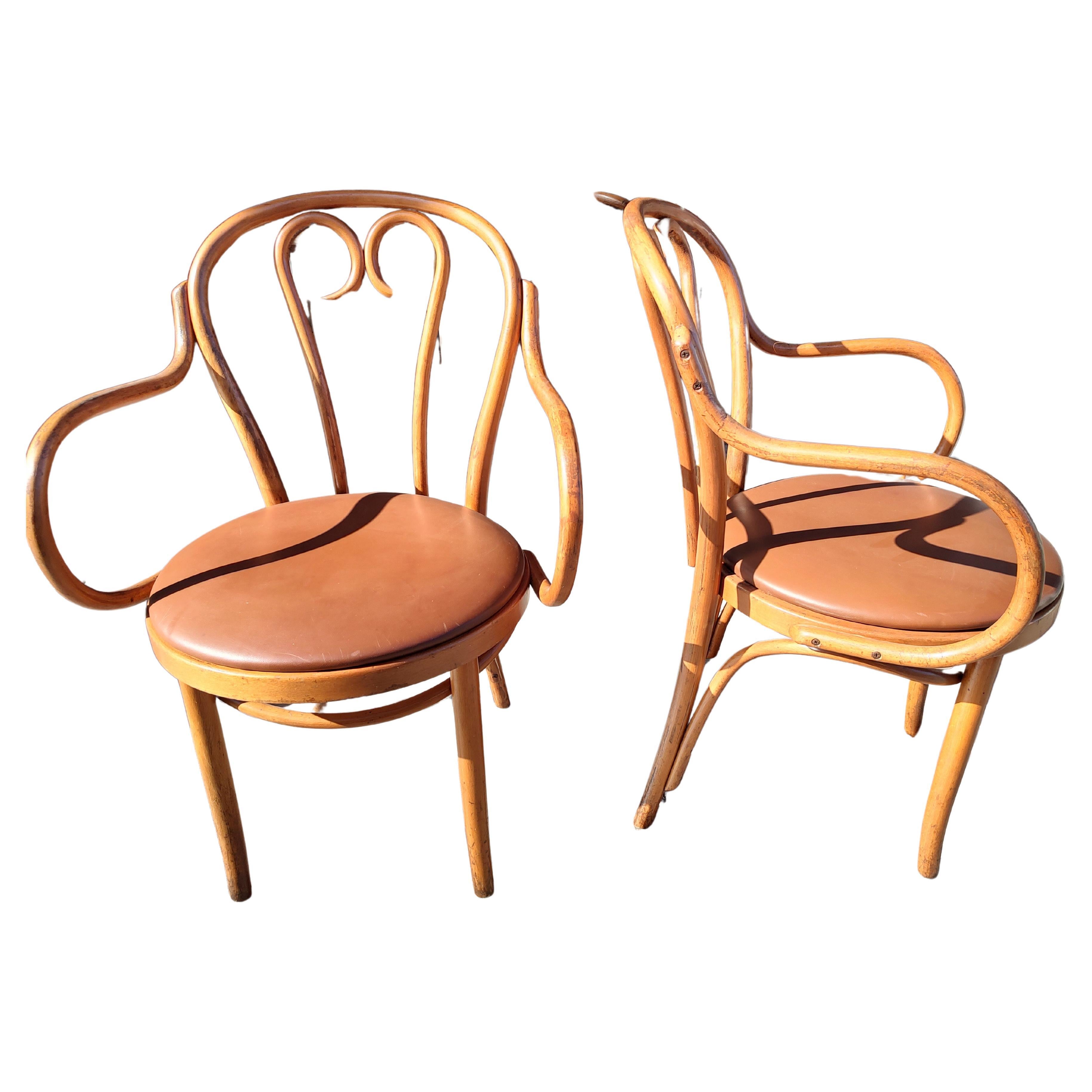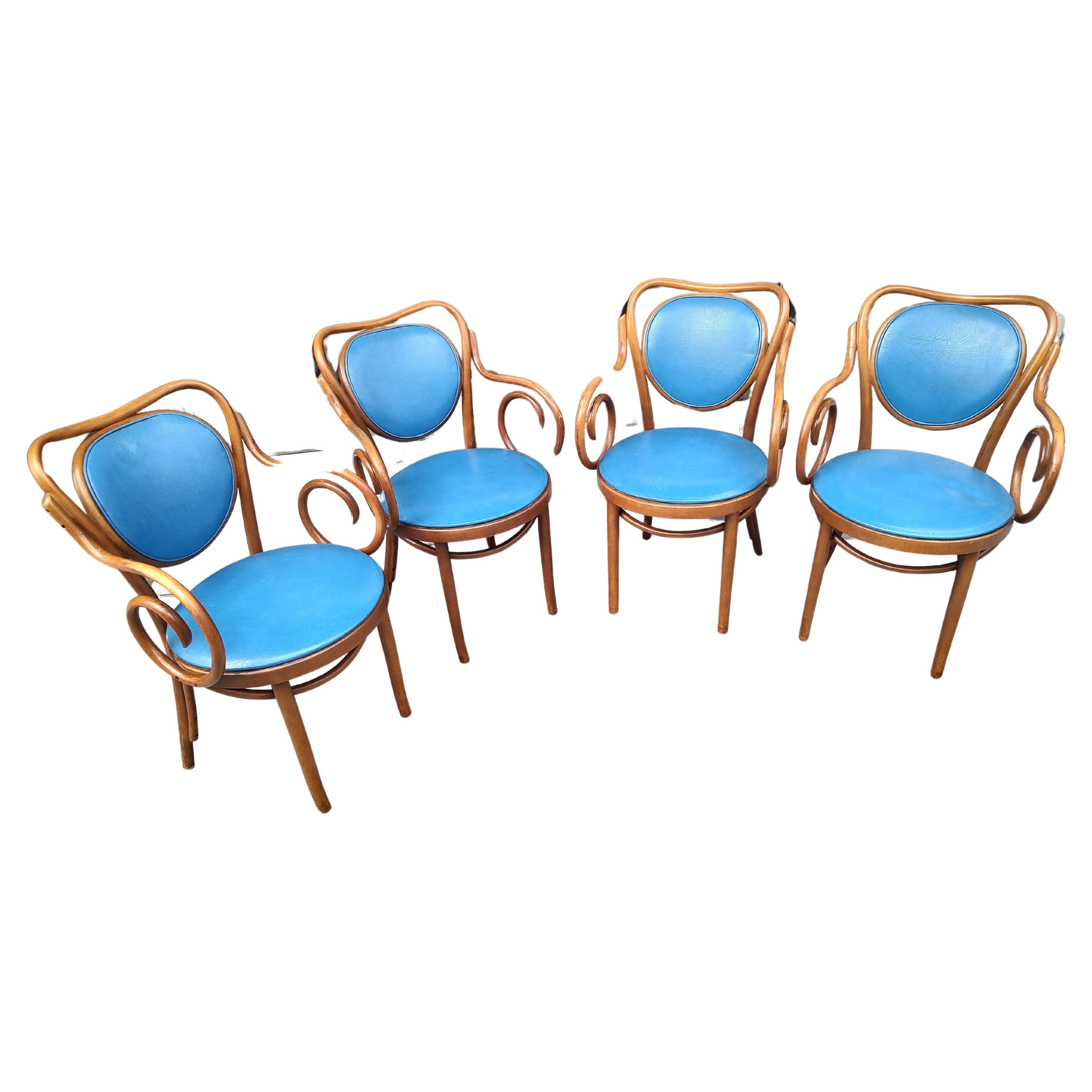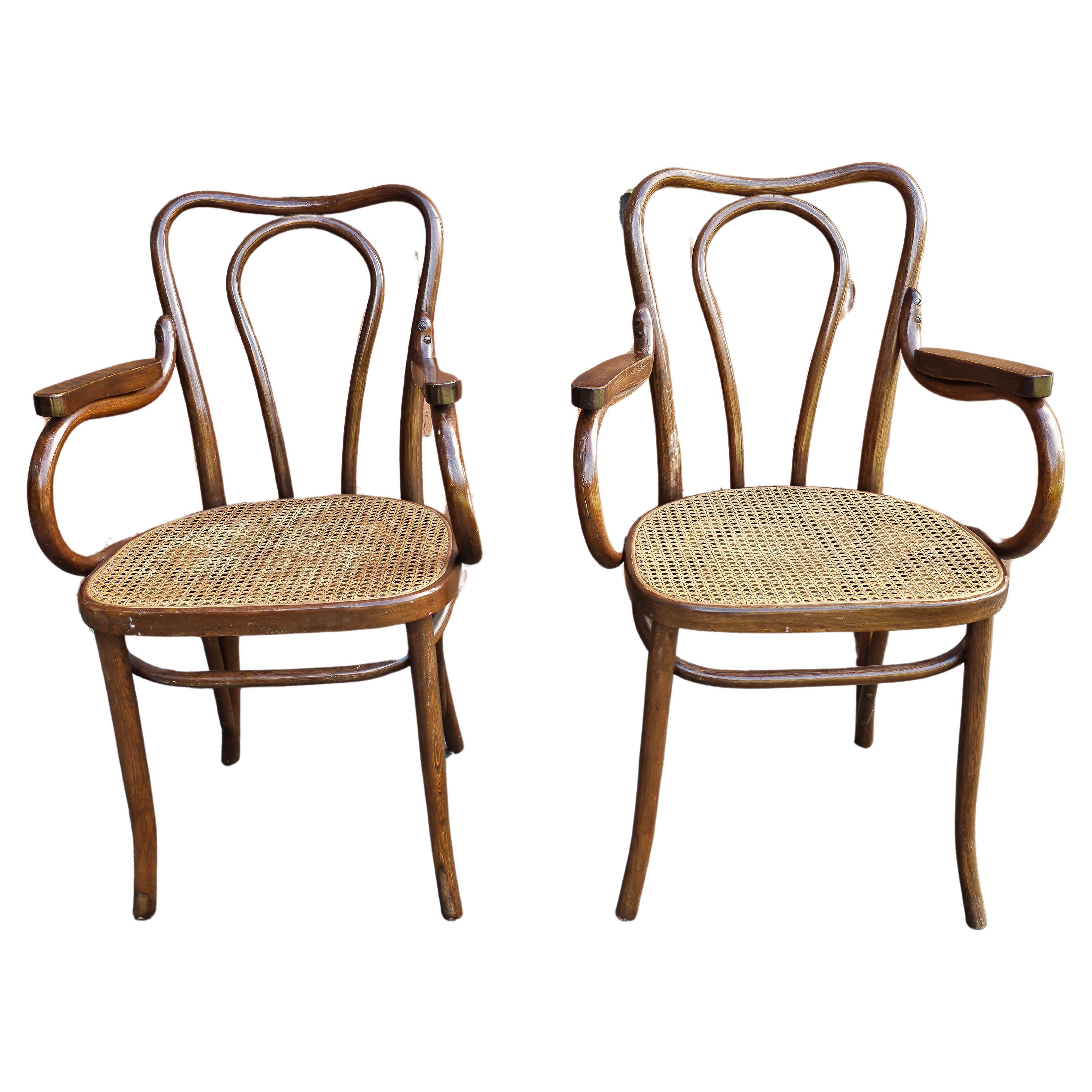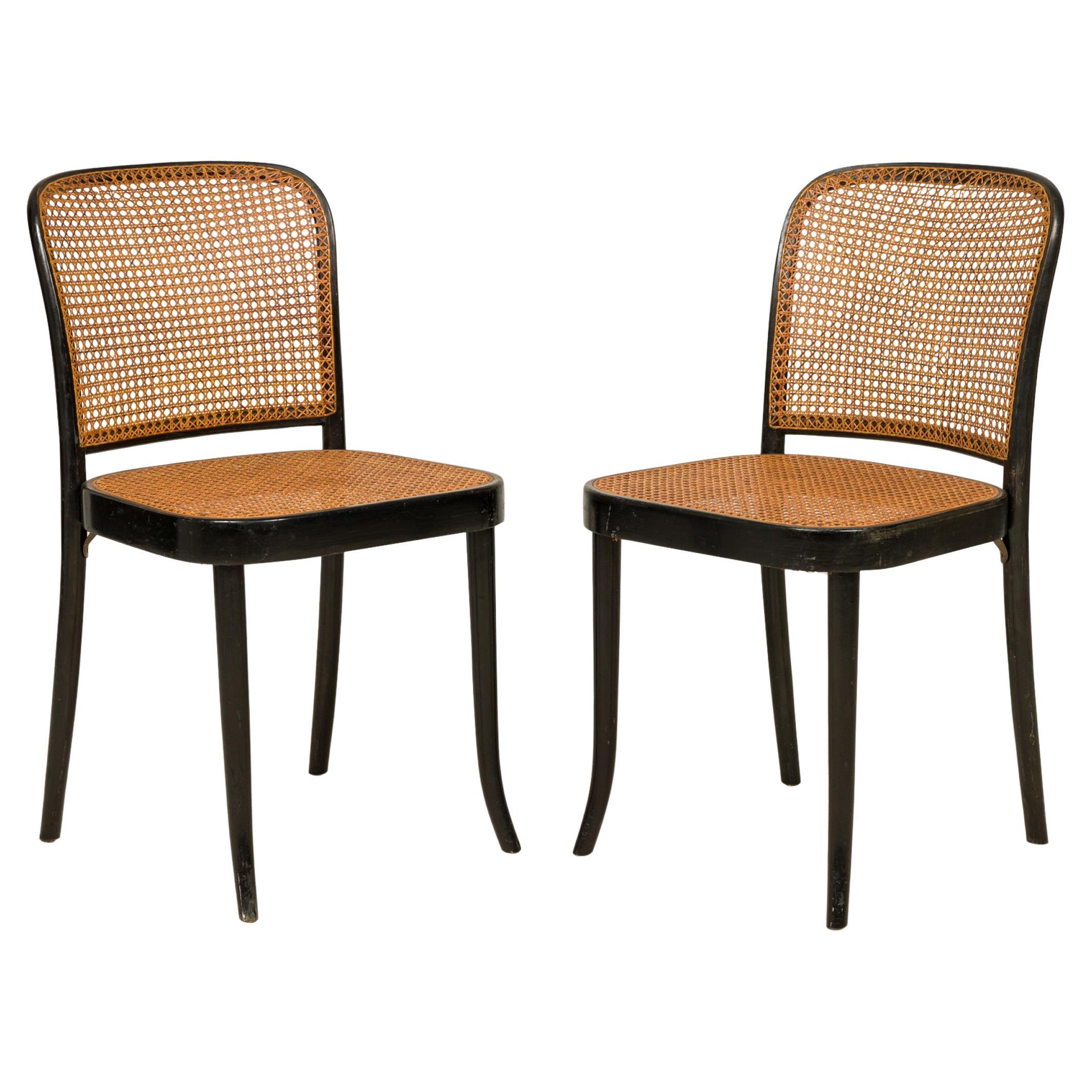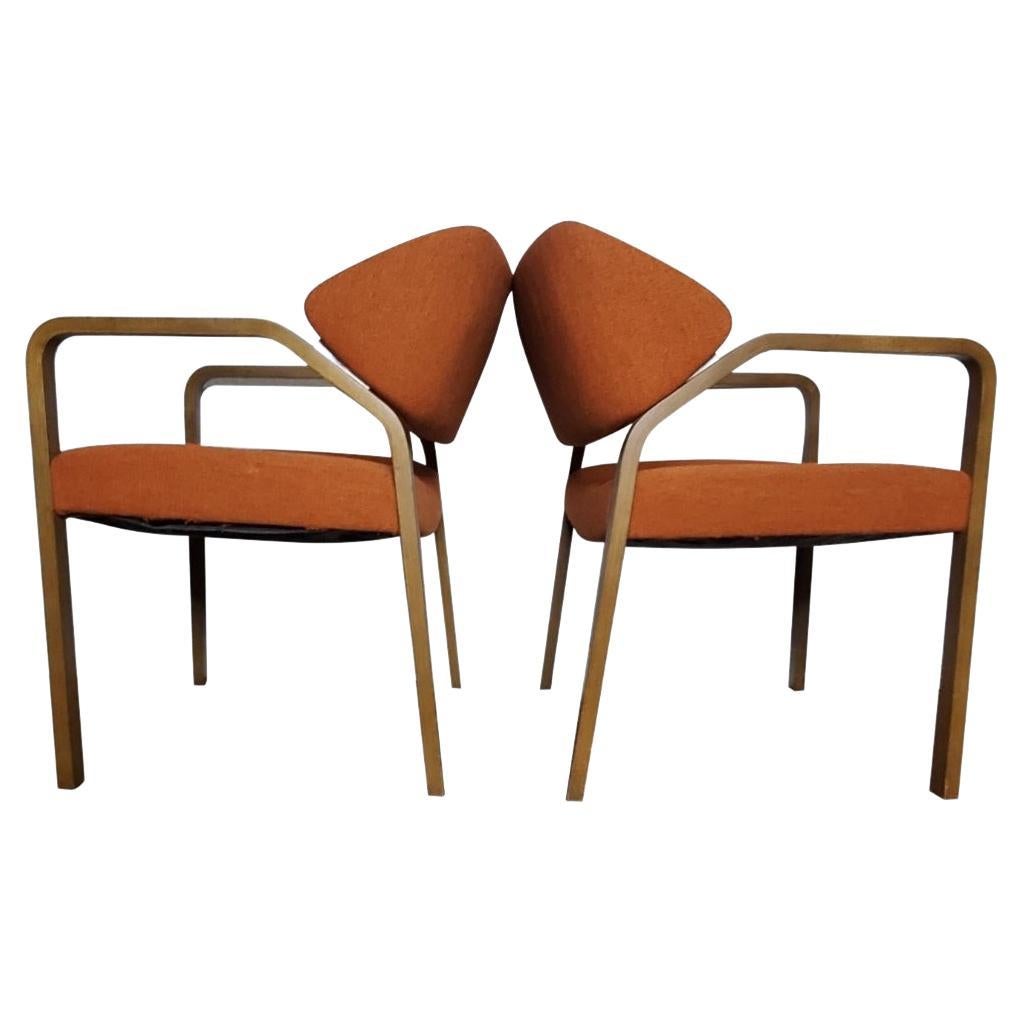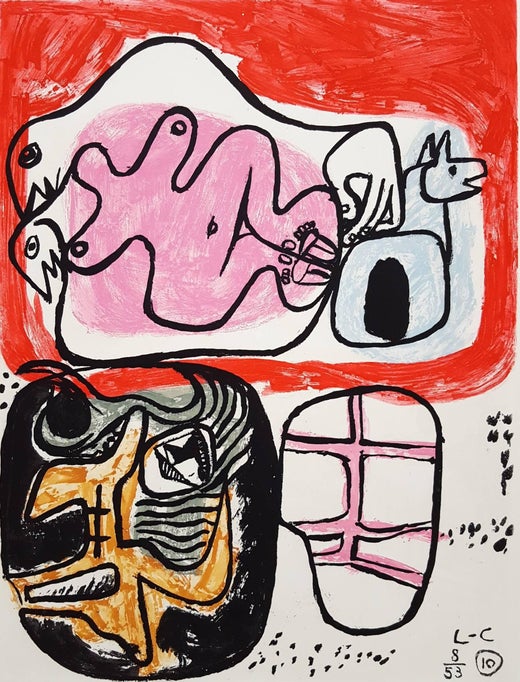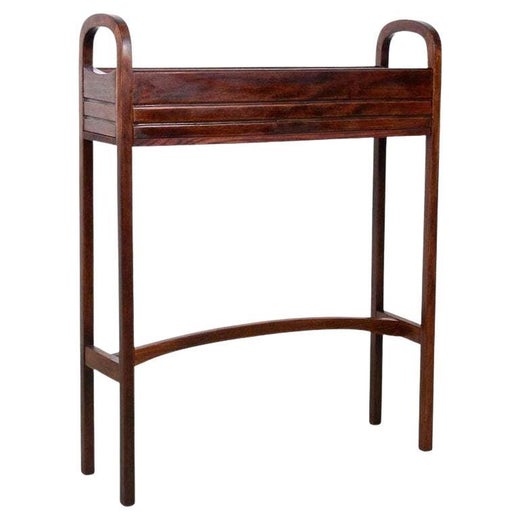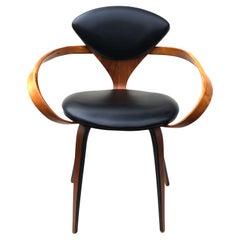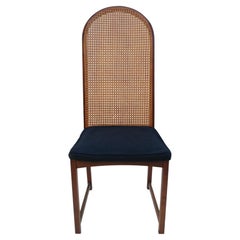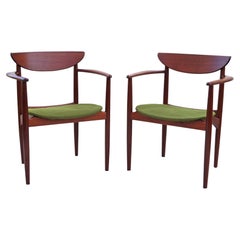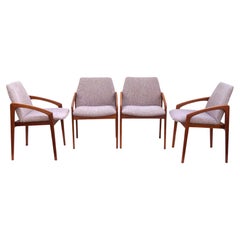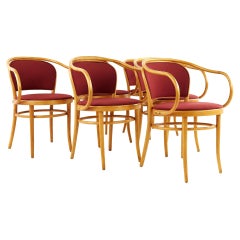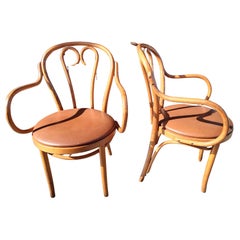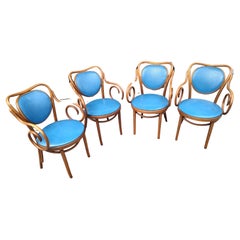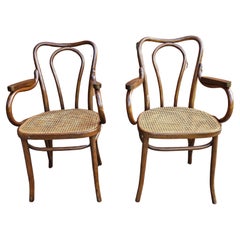Pair Mid-Century Modern Bentwood Armchair Dining Side Chairs Le Corbusier Thonet
About the Item
- Creator:Le Corbusier (Designer),Thonet (Designer)
- Design:
- Dimensions:Height: 30.75 in (78.11 cm)Width: 21.5 in (54.61 cm)Depth: 22 in (55.88 cm)Seat Height: 19 in (48.26 cm)
- Sold As:Set of 2
- Style:Modern (Of the Period)
- Materials and Techniques:
- Place of Origin:
- Period:1980-1989
- Date of Manufacture:1982
- Condition:Wear consistent with age and use. Has some marks and wear from it's 42 years. The arms have some wear. 1 is chipped on the arm. Please enlarge photos. Some wear to fabric.
- Seller Location:Wayne, NJ
- Reference Number:1stDibs: LU945441896152
Le Corbusier
Swiss-born Charles-Édouard Jeanneret, best known by his adopted name Le Corbusier, was a highly influential architect, designer, painter, urban planner and writer whose career spanned almost five decades. His designs for sofas, chairs and other furniture are spare, minimal and efficient but at the same time offer supreme comfort.
A pioneer of progress-minded modern architecture, Le Corbusier sought to impose a rational order on the chaos of the world through design. He rejected the excessive architectural ornament and developed a style that became known as brutalism, creating buildings with elemental geometric forms that were made of industrial materials such as steel and reinforced concrete.
Le Corbusier believed that pure, well-designed spaces could offer a lesson in how little is needed to achieve happiness. To convey this notion, the architect prioritized modern, open interiors and emphasized light, rational designs. His architecture and interiors share a clear sense of space and structural order, underlining the beauty in harmony, proportion and simplicity.
Le Corbusier’s furniture espouses these same ideals. Collaborating with his cousin, Pierre Jeanneret, and trailblazing designer Charlotte Perriand, he devised such iconic pieces as the LC2 Petit Confort armchair and the LC4 chaise longue. Each couples a tubular chrome frame with soft, supple leather upholstery, lending an organic warmth to an industrially made design. In his furniture, Le Corbusier broke new ground in ergonomics.
The shape of the LC4 chaise is taken directly from the human form; the classic cowhide upholstery makes the sitter feel weightless; and the piece features an adjustable positioning mechanism to promote total relaxation. Bereft of ornament and prized for its functionality, the LC series created by Le Corbusier, Perriand, and Pierre is currently manufactured by Cassina.
Such planning and intelligence were the hallmarks of Le Corbusier’s career. Whether in his designs for private residences such as the Villa Savoye near Paris, apartment towers like the Unité D'habitation in Marseilles, or in his furniture, he worked toward a style of living that was expansive and flexible. The strength and simplicity of line of Le Corbusier’s sofas, chaise longues and other seating pieces give them a sculptural presence in any décor, yet they are sublimely restful. And as you will see on 1stDibs, Le Corbusier’s furniture reflects a worldly taste: it is at once refined, cosmopolitan and chic.
Find a collection of vintage Le Corbusier furniture for sale on 1stDibs.
Thonet
For more than 180 years, Thonet — or Gebrüder Thonet — has produced elegant and durable tables and cabinets as well as chairs, stools and other seating that wholly blur the lines between art and design. Widely known as a trailblazer in the use of bentwood in furniture, the European manufacturer has reimagined the places in which we gather.
Noted for his skill in parquetry, German-Austrian company founder Michael Thonet received an invitation from Austrian Chancellor Prince Metternich to contribute Neo-Rococo interiors to the Liechtenstein City Palace in Vienna. The Boppard-born Thonet had honed his carpentry skills in his father’s workshop, where he carried out experiments with plywood and modified the Biedermeier chairs that populated the studio.
Thonet’s work for the chancellor raised his profile, and the cabinetmaker gained international recognition, including at London’s Great Exhibition of 1851, which featured works created by members of the Arts and Crafts movement as well as industrial products of the day. Thonet showed a range of furniture at the fair and won the bronze medal for his bentwood chairs. He incorporated his family’s company, the Thonet Brothers, with his sons in 1853.
Bentwood furniture dates as far back as the Middle Ages, but it is the 19th-century cabinetmaker Thonet who is most often associated with this now-classic technique. Thonet in 1856 patented a method for bending solid wood through the use of steam, and from there, the bentwood look skyrocketed to furniture fame. The works of renowned mid-century modern designers such as Alvar Aalto, Arne Jacobsen, and Charles and Ray Eames that put this technological advancement to use would not be as extensive or celebrated were it not for the efforts of the pioneering Thonet.
Considered the world’s oldest mass-produced chair, Michael Thonet’s ubiquitous Chair No. 14 demonstrated that his patented bentwood technology made it possible to efficiently produce furniture on an industrial scale. Now known as the 214, it won the German Sustainability Award Design for 2021, a recognition of the company’s commitment to environmentally responsible production.
Often called the Coffee House chair — the company’s first substantial order was for a Viennese coffeehouse — the No. 14 remains an icon. Thonet originally designed the chair in 1859, and it is considered the starting point for modern furniture.
The bentwood process opened doors — there were investments in machinery and new industrial processes, and the business began mass-producing furniture. By the end of the 1850s, there were additional Thonet workshops in Eastern Europe and hundreds of employees. Michael Thonet’s reputation attracted the attention of notable architects including Otto Wagner, Marcel Breuer and Ludwig Mies van der Rohe.
The No. 14 was followed by the No. 18, or the Bistro chair, in 1867, and the 209, or the Architect’s chair, of which Le Corbusier was a fan. (The influential Swiss-French architect and designer used Thonet furniture in his Pavillon de l’Esprit Nouveau at the 1925 International Exposition of Decorative Arts in Paris.)
Thonet’s chair designs also appeared in artwork by Toulouse-Lautrec, John Sloan and Henri Matisse in his Interior with a Violin Case. The noteworthy Thonet rocking chair remains a marvel of construction — in the middle of the 19th century, Michael produced a series of rockers in which the different curved parts were integrated into fluid, sinuous wholes. Thanks to Thonet, the humble rocker acquired something unexpected: style. It was captured in the paintings of Pablo Picasso, Pierre-Auguste Renoir and James Tissot.
Thonet is currently split into global divisions. Thonet Industries U.S.A. was acquired in 1987 by Shelby Williams and joined the CF Group in 1999, while the Thonet brand in Germany is owned by Thonet GmbH.
Find a collection of antique Thonet furniture on 1stDibs.
- ShippingRetrieving quote...Shipping from: Wayne, NJ
- Return Policy
More From This Seller
View AllVintage 1960s American Mid-Century Modern Dining Room Chairs
Wood
Vintage 1960s American Mid-Century Modern Dining Room Chairs
Wood
Vintage 1960s Danish Scandinavian Modern Side Chairs
Teak
Vintage 1970s Danish Scandinavian Modern Dining Room Chairs
Wood
Vintage 1960s North American Mid-Century Modern Lounge Chairs
Upholstery
Vintage 1970s American Mid-Century Modern Lounge Chairs
Leather
You May Also Like
Vintage 1970s American Mid-Century Modern Dining Room Chairs
Upholstery, Bentwood
Vintage 1960s American Modern Dining Room Chairs
Beech
Vintage 1970s Polish Modern Dining Room Chairs
Naugahyde, Beech
Antique Mid-19th Century Polish Mid-Century Modern Armchairs
Cane, Bentwood
20th Century Post-Modern Side Chairs
Wood, Ash
Vintage 1960s American Mid-Century Modern Armchairs
Upholstery, Wood
